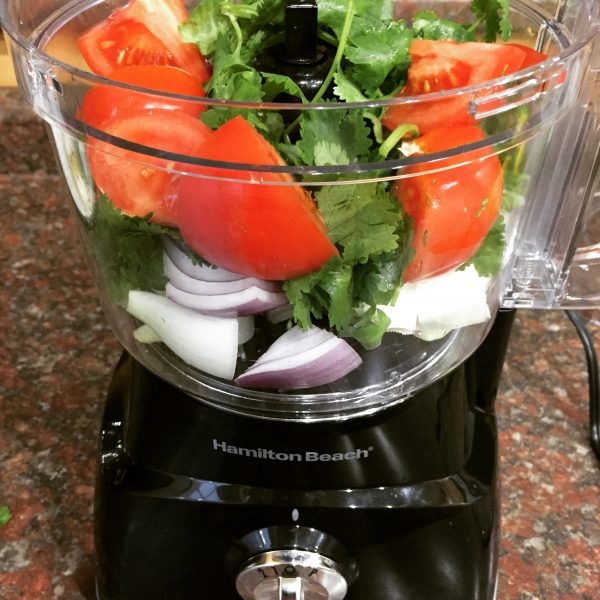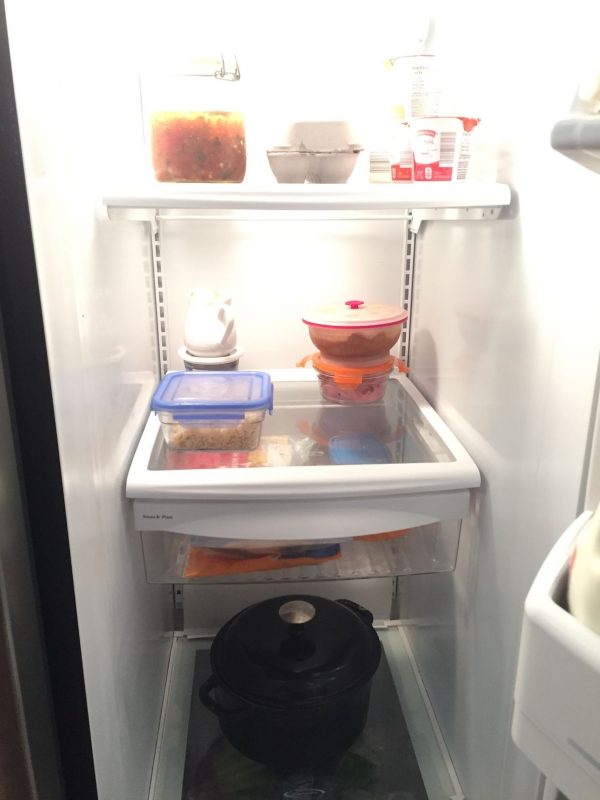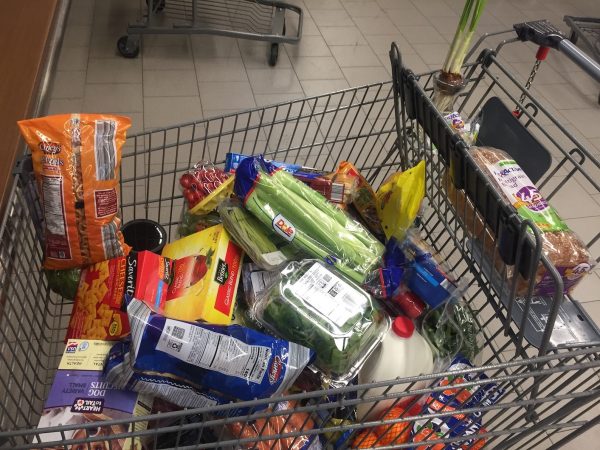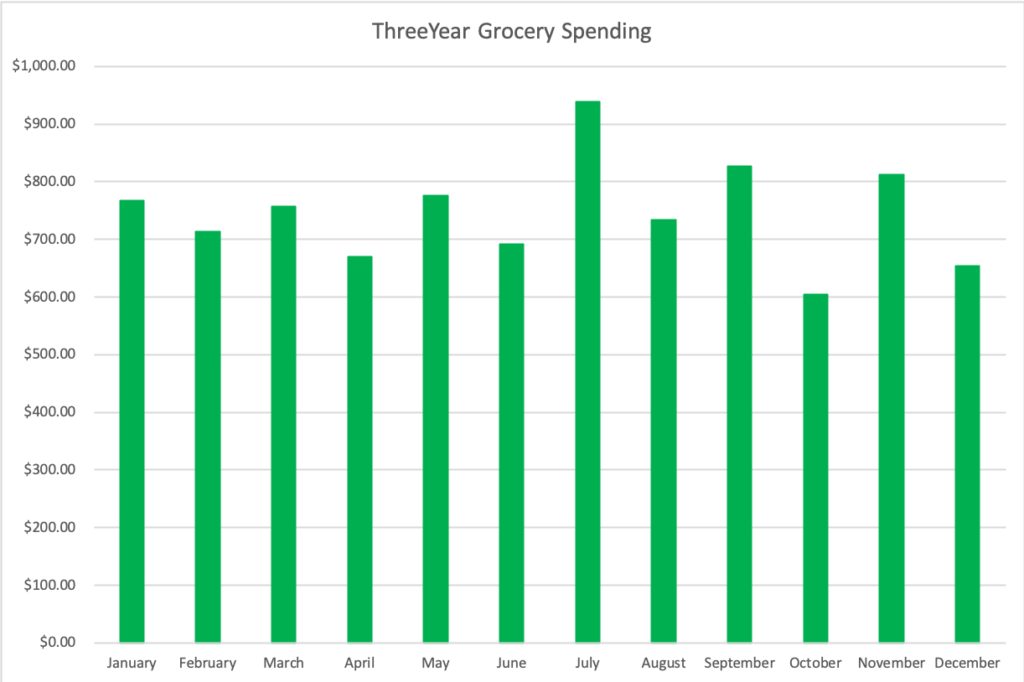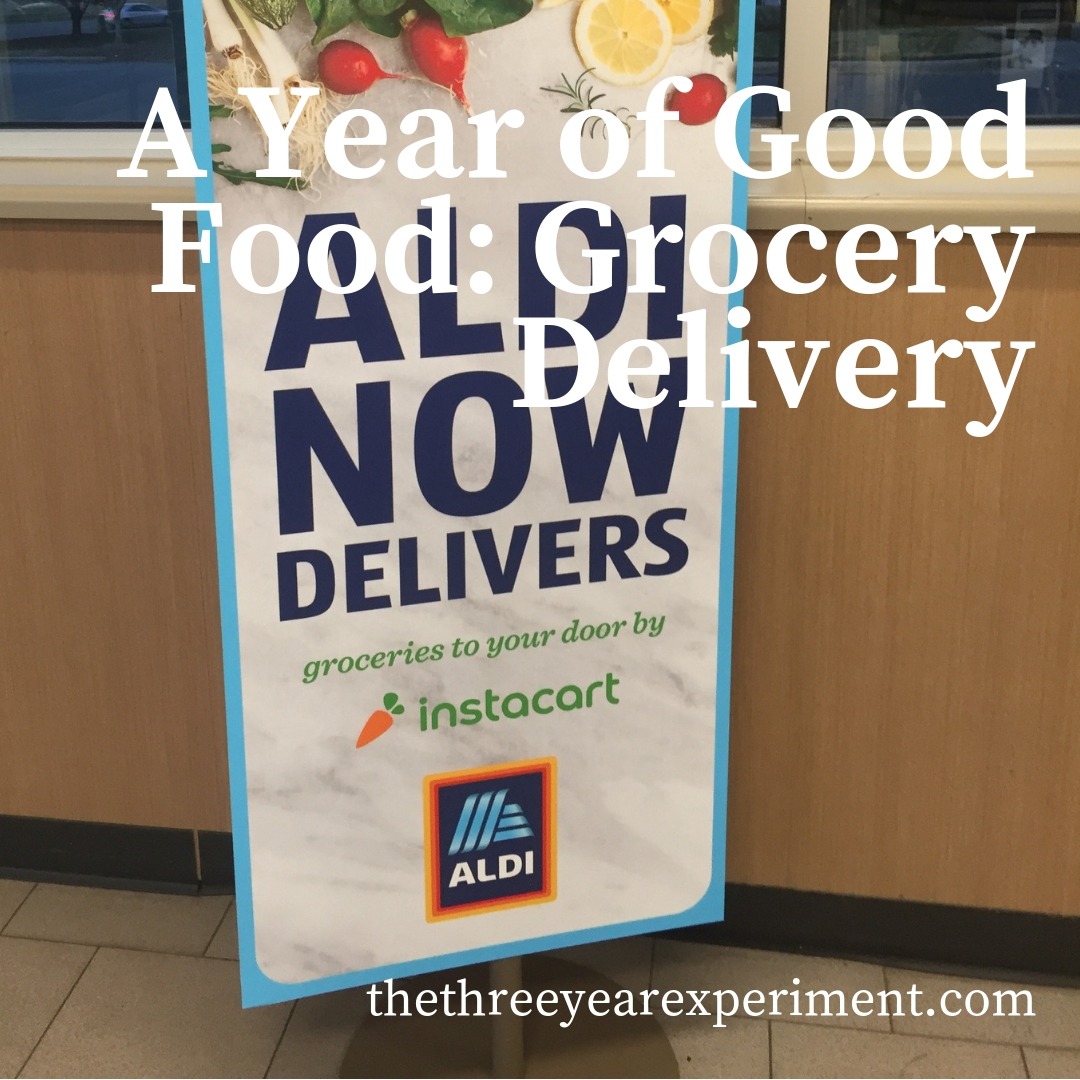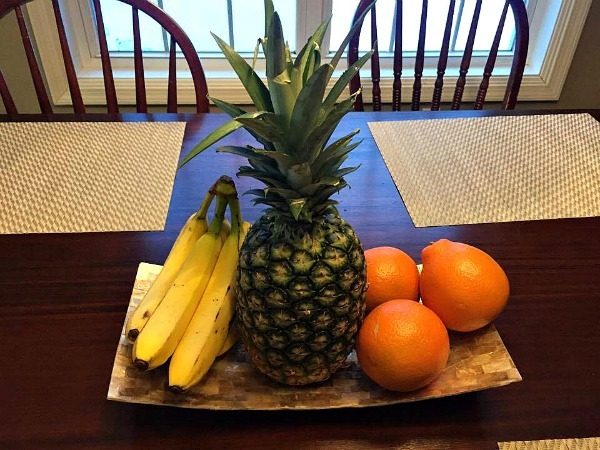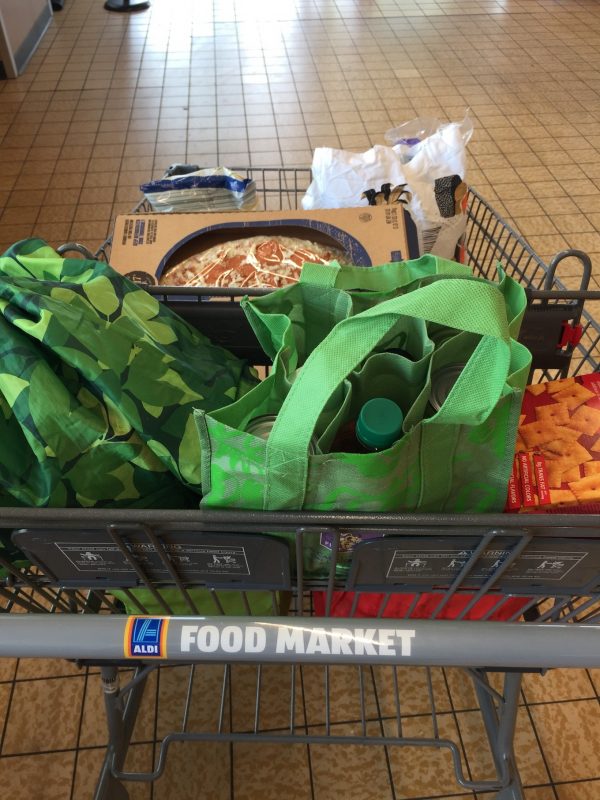Hello October. Boy, I’m glad September’s over. Let’s see how our family did while I was on my Whole 30 challenge.
If you’re not familiar with the beast that is Whole30, let me give you the rundown: it’s basically an elimination diet, where you cut out anything that tastes good. Well, alcohol, dairy, grains, added sugars of any kind, and baked goods. You can eat meat, nuts, vegetables including sweet and white potatoes (I ate a lot of those), olives, and fruits. There’s no calorie counting so you can eat as much as you want but you can’t eat even one bite of a forbidden food. Bread? Forget it. A cookie? After 30 days are up, my friend.
Why would anyone subscribe to this torture, you may be asking? A lot of people (including me) are plagued with stomach issues, and an elimination diet can help you suss out which foods cause you problems. Some people even get migraines because of their food sensitivities, which I just found out after a conversation at FinCon, the financial bloggers’ conference.
So September was dedicated to eating this way for 30 days. I did it. But it was hard. And it was hard on the budget. (My attitude was also not the best, as you can probably tell. That’s on me, because there were some real and important benefits to eliminating so many foods, namely, that it allowed me to notice how food makes me feel).
Why a Grocery Challenge?
This year, our family is challenging ourselves to spend less on food so we can save and travel more. Last year, I adopted one habit a month that would translate into better money moves for our family. You can read all about our A Year of Good Habits here.
That experiment worked so well that we tried a new one this year. In 2018, we are challenging ourselves to do better at our food spending. Last year our family spent over $12,000 in groceries, or $966 per month.
This year, our goal is to spend 20% less on groceries. That may not sound like a lot, but it’s almost $200 per month in food savings. The extra $200 per month is going into a travel savings fund, so we can see the results of our hard work in spending less on food.
We could have adopted a radical goal to keep our spending under $500 or something like that. But we know better. We thought it made much more sense to consistently hit our modest target, month after month, for an entire year, to show ourselves we could do it, than to maybe hit the $500 goal once or twice and then face plant with more $1000+ grocery bills.
And if we consistently hit sub-$772 spending, then perhaps we’ll challenge ourselves next year to shave off more.
Each month, we’re trying out a new way to save money at the grocery store. Last month, we spent most of our grocery budget on whole foods, nuts, and olive oil. That stuff ain’t cheap.
September
In addition to completing Whole30, we were in the first month of school, had Hurricane Florence pass through, hosted visitors, went out of town for a wedding, and I went to FinCon, the financial bloggers’ conference in Orlando, Florida.
We’re just finding our rhythms, especially as we’ve yet to complete a full week of school/work with no interruptions.
I’ve been grocery shopping at Aldi on Fridays when I can (great day to buy your groceries because they restock the store that day and there aren’t a lot of people shopping for food) but because of all the disruptions, interruptions, and trips, it wasn’t as organized as in the past.
Continue reading “A Year of Good Food: No Focus”

